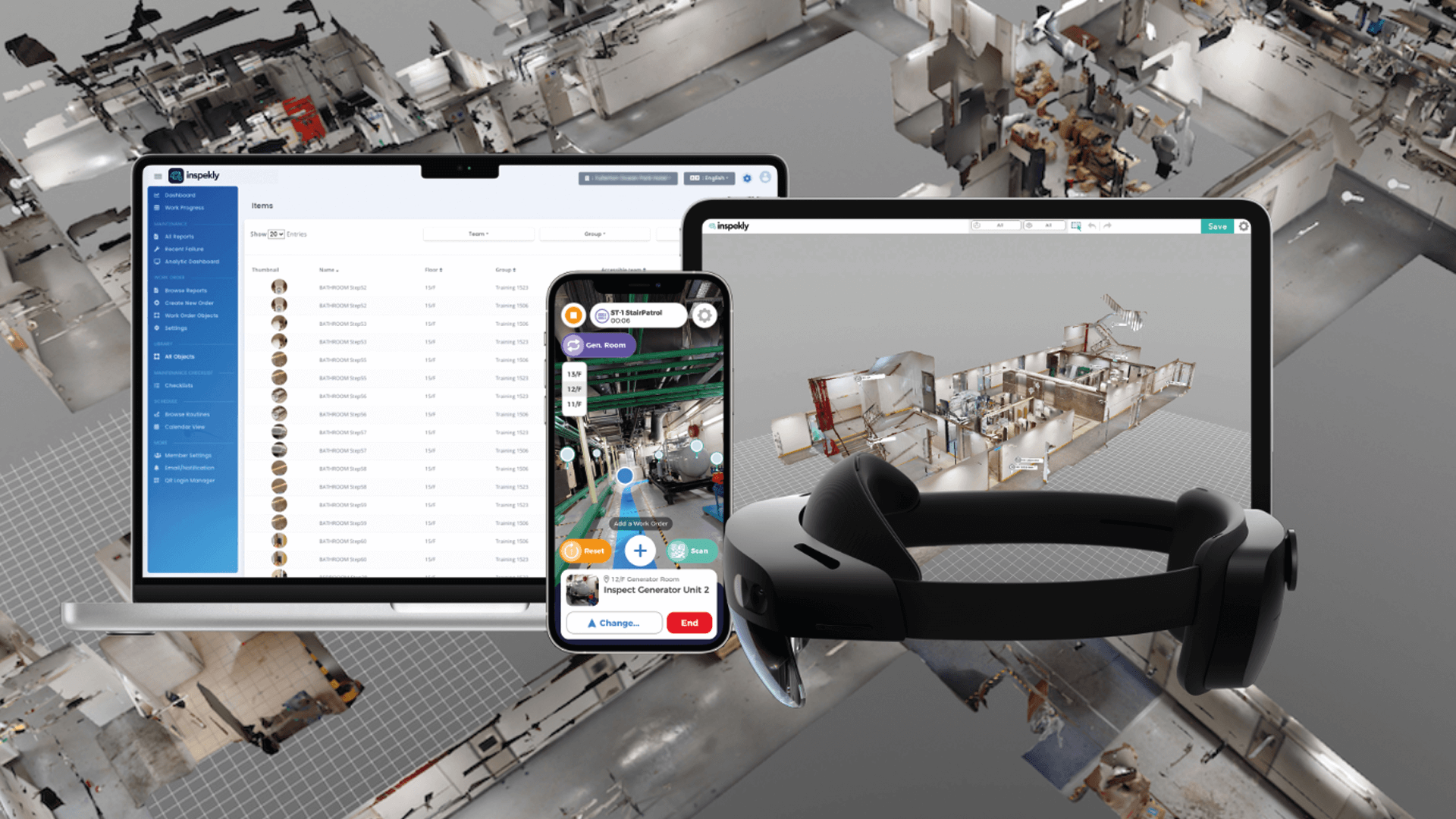
Digital twins and Building Information Modeling (BIM) are two important technologies used in the construction and management of buildings and cities. However, there are key differences between the two.
BIM is primarily focused on the design and construction of buildings. It provides a collaborative, 3D digital model that helps architects, engineers, and contractors visualize the physical and functional aspects of a building during the design and prototyping phase. BIM’s strength lies in its ability to reduce errors, improve timelines, and better manage budgets throughout the construction process.
On the other hand, digital twins are more focused on the operational phase of a building’s lifecycle. A digital twin is a dynamic, real-time replica of a physical asset, such as a building or city. It can provide valuable insights into how the building is performing, how occupants are interacting with it, and when critical systems like HVAC or lighting might fail. This information can help facility managers optimize building operations and maintenance.
The key differences between BIM and digital twins are:
- Purpose: BIM is for design and construction, while digital twins are for building operations and maintenance.
- Functionality: BIM is a static, collaborative model, while digital twins are dynamic and respond to real-time data.
- Scope: BIM focuses on the physical aspects of a building, while digital twins can incorporate people, processes, and behaviors to provide a more comprehensive view of the built environment.
See it in acton:
In summary, BIM and digital twins are complementary technologies. BIM provides the foundation for a digital twin, but digital twins offer a more holistic and responsive model that can deliver greater value throughout a building’s lifecycle.
